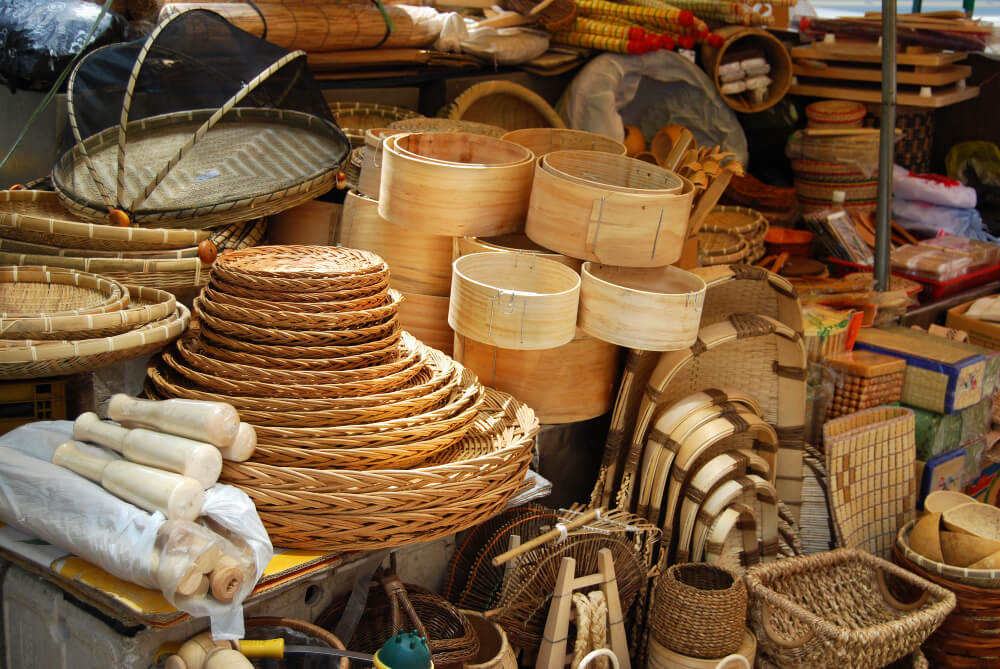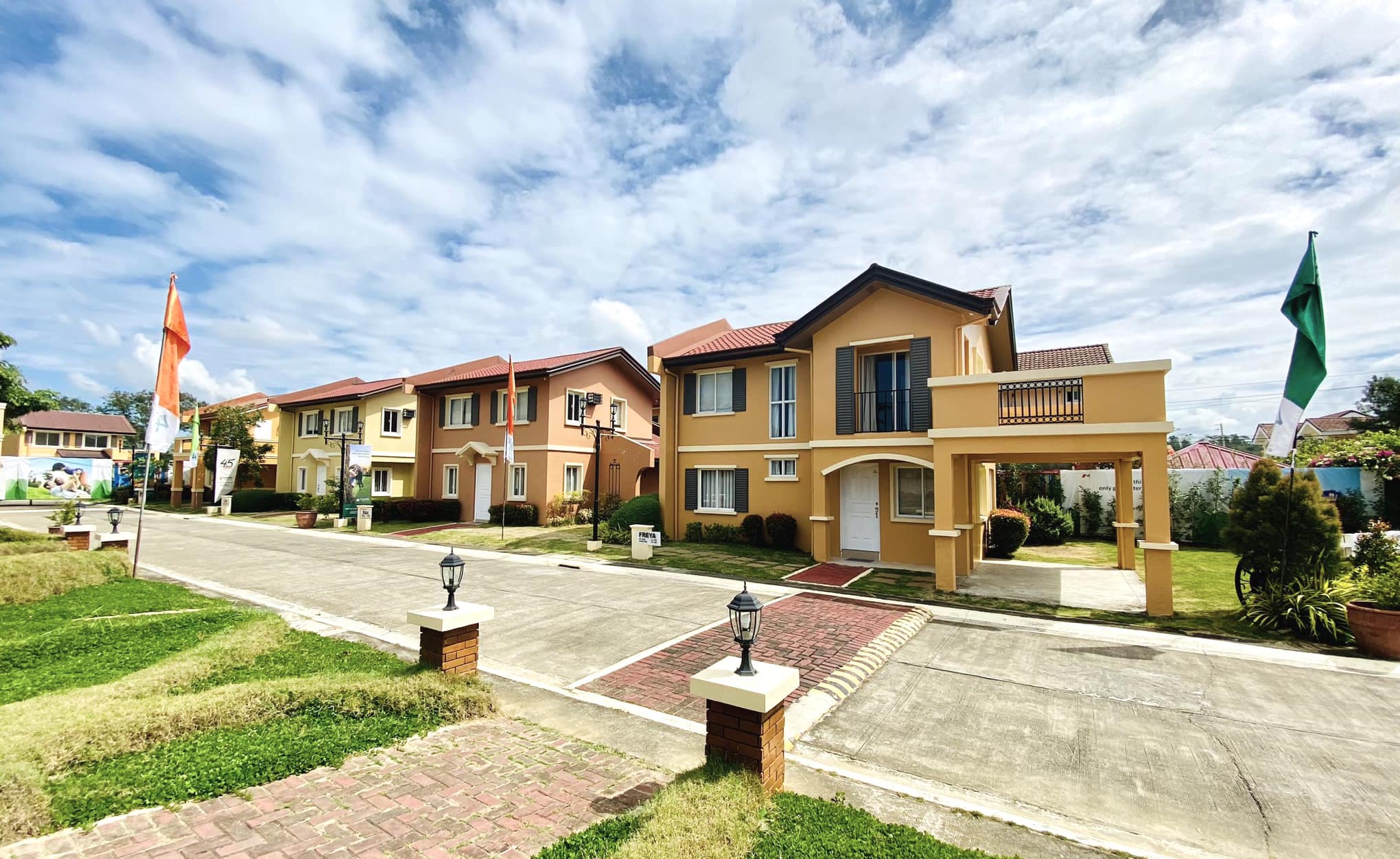
Happy World’s Indigenous Peoples Day!
The United Nations estimates that there are about 476 million of the worlds indigenous people throughout 90 countries around the world. These communities have preserved indigenous cultures for generations, setting them apart from the greater dominant societies they live in. These indigenous populations contain a rich culture, speaking the vast majority of the world’s 7,000 languages and representing approximately 5,000 unique cultural identities.
Celebrating the World’s Indigenous Peoples Day
Although indigenous peoples hold deep cultural resources, including indigenous languages, art, music, culture, and community, they continue to experience extreme poverty, partly due to their informal economy. What’s more, the human rights of indigenous peoples continue to be undercut to this day. Although indigenous peoples around the world have different cultural groups and distinct social norms, they all share an unfavorable experience in their collective human rights too.
They face myriad challenges. They are disadvantaged on several fronts, such as land tenure, ancestral domains, climate change, and self-determination. Moreover, indigenous women are also under constant threat from physical abuse and have been subjected to sexually transmitted diseases many times.
To raise awareness of the many indigenous people’s rights issues present to this day, the UN general assembly has set August 9th as the International Day of the World’s Indigenous Peoples.
Every year on August 9, there is a United Nations permanent forum on indigenous issues aimed to educate mainstream society on the struggles indigenous peoples face in specific priority areas. For one, the way of life of these native communities is constantly under threat. They have to fight harder for their rights to traditional land and natural resources as basic as food and potable water. Indigenous youth also aren’t given equal opportunities for education that their non-indigenous counterparts are.
While the UN working group makes big strides regarding indigenous rights in international law, non-indigenous peoples can support indigenous peoples in several ways, like supporting products made by these ethnic groups.
Native Products Made by Filipino Indigenous Communities
The world’s indigenous peoples have preserved an overwhelming majority of cultural heritage and indigenous knowledge through generations. These distinct peoples and unique cultures have produced some of the most notable local products, particularly in the Philippines.
We listed down some of the products made by indigenous peoples of the Philippines and where you can get them.
Capiz Products (Capiz)
Capiz is the harvested shell of the windowpane oyster. While the windowpane oyster is enjoyed as a beloved local dish, it’s more valued for its thin, translucent, pearl-like shells. As the name suggests, these oyster shells were originally used decoratively on window panes to substitute glass in the late 1800s.
For centuries now, the indigenous peoples of the Western Visayan islands have innovated and created a wider range of products using capiz shells. From windowpane decorations, these shells have evolved to be used in home décor like picture frames, tealights, clocks, table surfaces, and even accessories (bags, wallets, and jewelry).
The province of Capiz may be known as a seafood and tourism destination, but it’s also a great place to call home. Camella in Capiz allows you to support the indigenous peoples’ products by being part of the local culture and heritage. With spacious two-storey homes and expansive common areas, a home in Camella in Capiz is a great investment.
Abacá (Catanduanes)
Abacá is a popular material used in various local products, including textiles, bags, baskets, furniture, clothing, and flooring. Abacá, also called Manila hemp, is derived from the fibers of a type of inedible banana tree (musa textilis) native to the Philippines. This tree is abundant in many traditional lands throughout the country, but it’s specially cultivated by the indigenous peoples in Catanduanes.
Musa textilis grows healthy in tropical environments, making climate change mitigation key to the continued production of abacá. Indigenous peoples in Catanduanes are proud of their woven abacá products and continue to expand their range of commodities.
Lots of tourists visit gorgeous Catanduanes since it has some of the most uncrowded and underrated beaches in the Philippines. However, it would even be more rewarding to invest in a home nearby in the Bicol region. One of the prime developments to look into is Camella in Legazpi, Albay. This Camella community puts you at the heart of the Bicol region, enabling you to explore more of the indigenous knowledge and products.
Corn Coffee (Isabela)
From time immemorial, indigenous populations in the country have grown and developed coffee. What sets the indigenous peoples of Isabela apart from non-indigenous people is their use of corn to create coffee. While it may seem odd to the everyday person to drink coffee made of corn, it tastes exactly like usual coffee and offers a host of health benefits.
Corn coffee is known to help prevent cardiovascular disease, hypertension, diabetes, and high cholesterol levels. It also lessens the risk of maternal mortality and decreases the risk of neural-tube defects in infants. Corn coffee is a novel and cost-effective alternative developed by Isabela’s indigenous peoples, especially since the province is the country’s primary corn producer.
Get to know the Isabela province, its cuisine, and cultural differences and uniqueness even better by acquiring a home in the region. What better way to stand with indigenous peoples than by investing in the area surrounding their ancestral environments? Being part of Camella in Isabela ensures that the community is inclusive, equitable, and supportive of the local economy.
Pottery (Ilocos)
Population groups tend to share common cultures, as is the case in the northern part of the Philippines. In the Ilocos region, indigenous peoples are known for their pottery expertise. Traditional knowledge of clay making and pottery has been passed from one indigenous people to the next in the northern regions. These native products have multiple usages, such as kitchen and cooking ware, containers, planters, and more.
As minimalist and neutral interior decoration became more popular around the world, pottery by indigenous peoples in the Ilocos region thrived. In many homes throughout the country, pottery pieces are a mainstay. Pottery has become an elevated art form, with many pottery studios cropping up around the metros.
You can easily purchase pottery pieces from Ilocos, or you could also learn the techniques from indigenous peoples themselves and help with historical continuity in the process. When you invest in a home in Camella in Ilocos, you’re helping boost the region’s economy which would trickle down to the indigenous peoples living in the area.
Supporting Filipino Indigenous Peoples
The world’s indigenous peoples have a long road ahead of them to be part of and integrated into the new world with all its advancements and innovations. In the process, they need to preserve their self-identification, distinct language, products, and arts.
While the United Nations and international governments continue to implement laws protecting collective rights and supporting indigenous peoples, the rest of the world’s global population also can do their own part. The simple act of purchasing and supporting native products helps them maintain a steady income stream to help improve their well-being and quality of life.

Check out our House and Lot for Sale Properties
Discover our house and lot for sale properties in the Philippines


